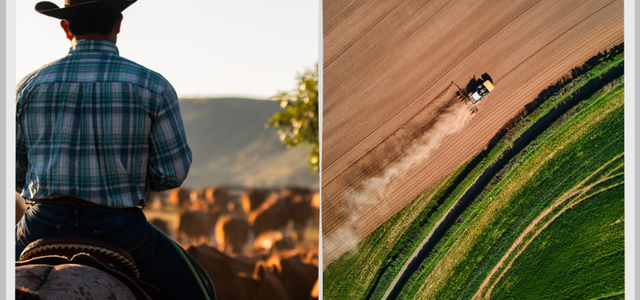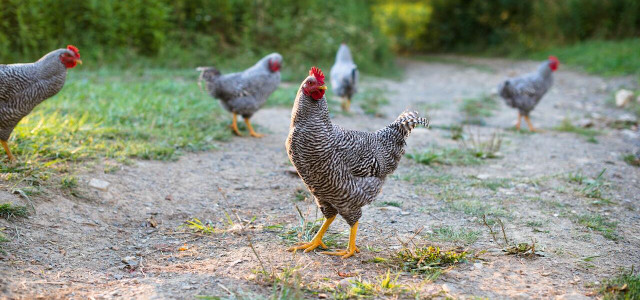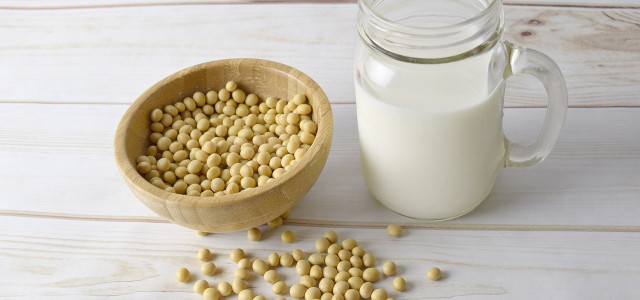Ranches vs. farms — what’s the difference? There are some interesting similarities and a few significant differences. Here is what they are and how they impact the planet.
Are ranches and farms really that different? The answer is a resounding “yes.” Many use the terms synonymously, but ranches and farms are different entities, despite sharing a range of common principles. Both are widely found across the US and are the core foundations of the global food supply. Below, we’ll dig into the ranch vs. farm debate — read on for everything you need to know.
Ranch vs. Farm
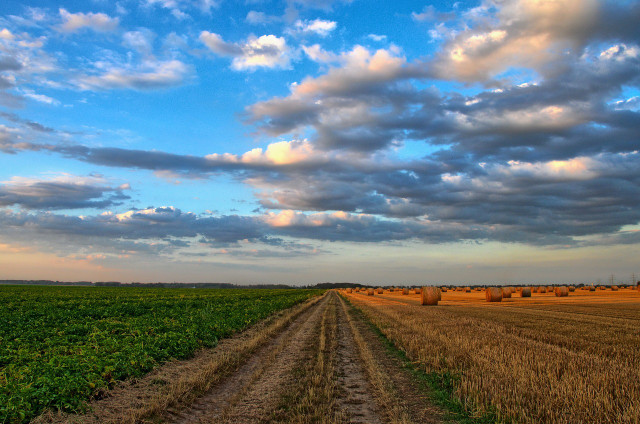
When it comes to the ranch vs. farm conversation, the quickest explanation is that all ranches are farms, but not all farms are ranches. A farm is any plot of land dedicated to agriculture for growing crops, raising animals or both. The U.S. Department of Agriculture (USDA) defines a farm as any operation producing at least $1,000 in agricultural products annually.
Farms come in many shapes and sizes, from small modern homesteads to massive industrialized factory farming operations that span thousands of acres. There is vast variability in what constitutes a farm; however, ranches are narrower in scope, including large farms focused only on raising livestock.
Another difference is that farms are common worldwide, while ranches are generally associated with the US and only a few other places. According to National Geographic, ranching and livestock raising is the fastest-growing agricultural sector in the world.
The following points are specific to ranching:
- Common in temperate, dry climates — including the Pampas region of South America, the western US (primarily western), the prairie provinces of Canada and the Australian Outback.
- Grazing animals are free to roam over vast open landscapes and are cared for by cowboys.
- Cattle and sheep are the most commonly raised animals — elk, bison, ostriches, emus, goats and alpacas are also raised on many ranches.
- Cowboys often use horses to herd livestock.
- Cowboy culture is a hugely important part of the identity of ranching regions.
Farm vs. Ranches: Sustainable Agriculture
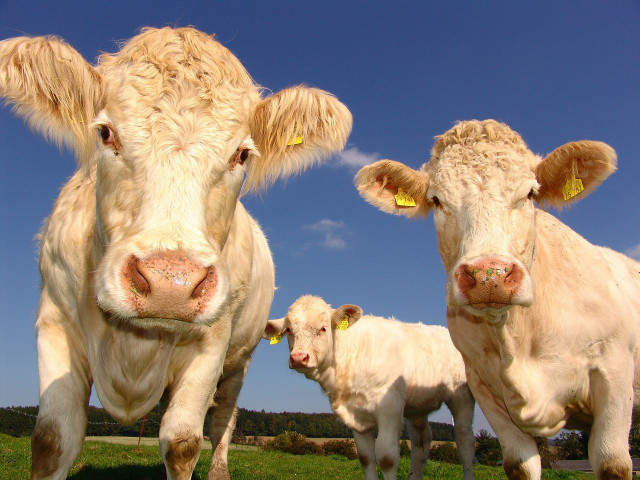


Sustainable agriculture is at the core of global climate goals and environmental challenges. Ranches and farms each present major problems for the environment and sustainability. What is cultivated on the land — and how it is cultivated — determines sustainability and environmental impact. Generally, experts examine the American food system’s environmental effects using three categories:
- Environmental contaminants/pollutants
- Depletion and replenishment of natural resources
- Population and community disruption.
Both farms and ranches impact all three categories, especially when they aren’t managed well. However, agriculture can be key in combatting climate change when it is managed well.
Livestock is the most significant factor. Only some farms raise animals, while ranches raise only livestock. Livestock from ranches and farms provide food and materials like leather and wool. As the conversation around sustainability becomes louder every day, controversy about the necessity of large ranches and animal farming is also growing.
Farms, Ranches and Livestock
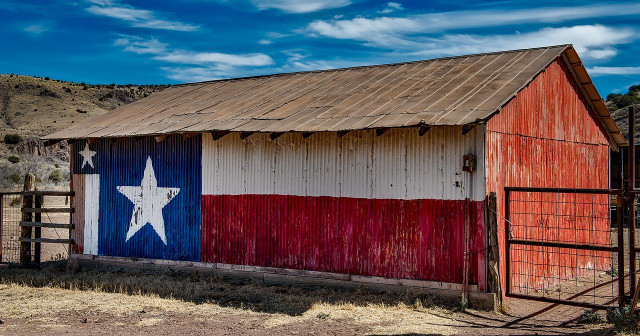


The reality is that almost 1.3 billion people rely on livestock for food security and livelihood. The Food and Agriculture Organization of the United Nations (FAO-UN) states that farm animals are essential to the agro-ecosystem, playing important economic, cultural and social roles and providing numerous functions and services.
Supporters of livestock farming and ranches cite many advantages of ranching, such as:
- Livestock grazes on land unsuitable for crop production
- Livestock eats over 2.1 billion tons of waste from human food, fiber and biofuel production annually
- In the US, large food manufacturers divert 77% of food waste to animal feed
- Ranches provide local fishing, hunting and eco-tourism activities
- Ranches have woodlands and wetlands that house countless wildlife species, many of which are endangered animals.
The World Bank supports US ranching and livestock farming. It claims that livestock production “is often the only way to sustainably convert natural resources into food, fiber and work power for local communities.”
It’s important to note that the World Bank has $1.9 billion in active investments in this area. According to World Animal Protection, the World Bank is one of five key multilateral Development Banks that have invested over $4.5 billion of public money in industrial livestock corporations in the last decade. Livestock production is a massive commodity.
When the largest ranch in the US was put on sale in 2015, it contained more than 1,000 oil wells; 6,800 head of cattle; 500 quarter horses; 30,000 acres of cropland; and features like legendary cowboys’ tombstones and a horse buried standing up. Bloomberg described it as having “a colorful history of drinking and divorce” and an ideal purchase for “Saudi oil sheiks, billionaire hedge funders, and dot-commers who can tell a cow from a steer.” It was on the market for $725 million.
Ranches and large livestock farms are obviously profitable and are a part of many regions’ histories — particularly the US. Does that make them the only sustainable way to convert natural resources into food, fiber and employment? Let’s take a look at this crucial ranch vs. farm topic.
Livestock Sustainability
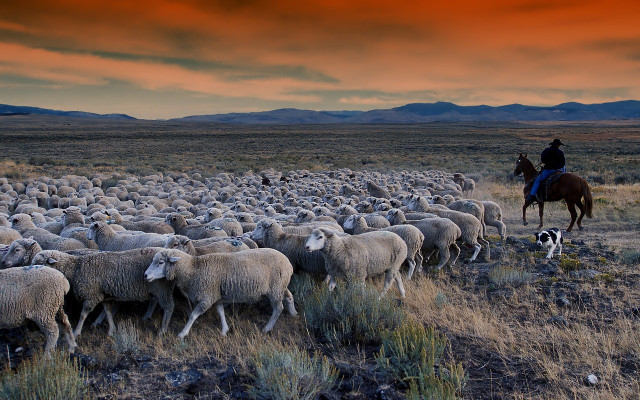


94% of non-human mammal biomass is livestock and 71% of bird biomass is poultry livestock. In real terms — this equates to livestock outweighing wild mammals by 15-to-1 and poultry livestock outweighing wild birds by over 3-to-1. Livestock production is considered by many to be a leading driver of the environmental crisis that contributes significantly to water consumption, deforestation, soil destruction, water contamination and greenhouse gas emissions.
Meat production at its current levels is simply unsustainable, according to research from IDTechEx. Veganuary is just of many environmental organizations and NGOs worth supporting that are campaigning to end ranching and animal produce. It states: “animal farming threatens the survival of life on Earth and is the greatest cause of animal suffering. A mass shift to plant-based eating is the solution, and our work is driving this change.” Researchers highlight that several policy reforms have indeed been implemented across the US to promote an increase in plant-based diets — but include little to no information on sustainability and the harmful environmental impact of animal-based foods.
Animal produce is unsustainable for humans too. The U.S. Department of Agriculture (USDA) warns that we far exceed the meat recommended by national dietary guidelines. Studies repeatedly highlight the association between red meat consumption, mainly processed meat, and increased risk of death, disorder and chronic disease. So, whether we are discussing ranches or farms — the raising of livestock is a challenge for both.
Chickens are also raised on both ranches and farms. Chicken production also has devastating consequences on water quality, contributes to global climate change and annihilates natural habitats. The demand for eggs and chicken meat means there is also a high demand for chicken feed — which must be grown to meet demand. Greenpeace is just one of many organizations highlighting the decimation of forests to produce soy to feed these in-demand chickens. Like red meat, chicken farming carries many negative impacts on both ranches and farms.
Farm animals have been part of agriculture for millennia. Despite these challenges, global demand and heavy investment means that animals will continue to play a role in ranches and farms all over the world. How these animals are raised varies hugely — particularly on farms — and is a highly controversial (and potentially upsetting) issue.
Ranches vs Farms: Animal Welfare
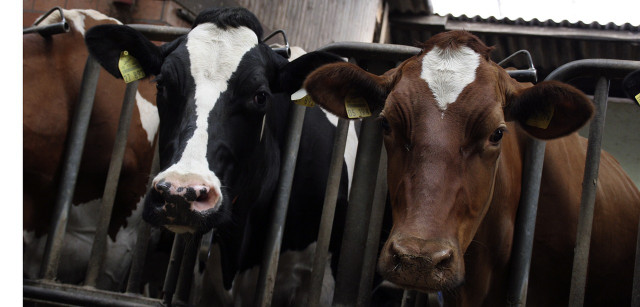


According to Animal Equality:
- Every day, 23 million land animals are killed (266 every second).
- This number does not include farmed and wild aquatic animals. If farmed and wild aquatic creatures were included — the number of animals killed would increase from 10 billion animals per year to 13.8 billion.
When it comes to factory farms vs ranches — there is no competition. Factory farms are literally as they sound — mass production and treatment of animals as commodities — not sentinel beings. Sustainable livestock farms operate on similar principles as ranches. Unfortunately, 99% of US livestock are not raised on sustainable farms and ranches. They are living in factory farms — raising major animal welfare concerns. By species this includes:
- 70.4% of cows
- 98.3% of pigs
- 99.8% of turkeys
- 98.2% of chickens raised for eggs
- over 99.9% of chickens raised for meat.
Ranches and sustainable animal farms differ from factory farms — primarily due to the lack of animal confinement. The major differences between factory farms and sustainable ranches (and sustainable animal farms) are:
- Animals roam free, consume a natural diet and engage in natural behaviors on ranches. They are confined — sometimes inhumanely in overcrowded, unhygienic and cruel conditions — in factory farms.
- Manure is a natural fertilizer on ranches and a hazardous waste in factory farms.
- Sustainable farms and ranches do not use unnecessary antibiotics and hormones to speed growth or to compensate for crowded, inhumane and unhygienic living conditions.
- Sustainable ranches and farms benefit local communities and the environment in many ways, while factory farms degrade, disrupt and pollute them.
When it comes to animal welfare, ranches are a healthier and happier place than factory or unsustainable farms. Despite better conditions, green pastures and acres of natural landscape though — ranches are not without major controversary — especially when it comes to the environment.
Ranches vs Farms: The Verdict



The World Economic Forum states that certain farming practices — like reducing tillage, expanding crop rotations, planting cover crops and reintegrating livestock into crop production systems — can reduce agriculture’s carbon footprint. It also claims that these approaches will sequester excess carbon generated by other industries too — converting it into plant material and/or soil organic matter — resulting in benefits to soil health for future harvests.
The ideal situation would be if the entire planet could introduce the vegan food pyramid as the only food pyramid available, ranches and farms selected crops that grew in harmony with local ecosystems, and integrated animals into their practices in humane and symbiotic ways — like we do with our pets, rescue animals and guide dogs.
At present, ranch vs farm can only have one winner. While ranches raise and slaughter livestock as commodities, they can never truly be considered sustainable or humane. It must be recognized though, that many ranchers and sustainable farmers do go to extended lengths to care for the environment, contribute to it and to treat their herds humanely. It is an expansion of these practices that will end factory farming, animal cruelty and the massive, industrialized dumping of agriculture by-products into society and the environment.
Read more:
- Vertical Farming: Taking Agriculture to New Heights
- What Are CSA Farms? A Guide to Community Supported Agriculture
- How Long Do Farm Fresh Eggs Last? And How Can You Tell?
Do you like this post?






